Critical thinking isn’t just a buzzword; it’s a powerful skillset that can empower you to excel in your career. By developing your critical thinking muscles, you become a more valuable employee, capable of tackling challenges with greater confidence and agility.
But how does one cultivate such skills? The answer lies in learning from experts through their insightful writings. In this article, we explore five groundbreaking books on critical thinking.
1. “Thinking, Fast and Slow” by Daniel Kahneman
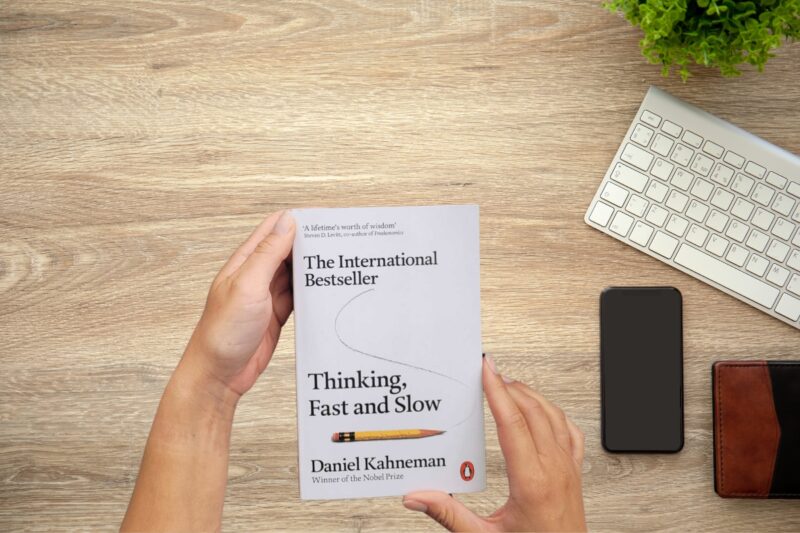
Daniel Kahneman, a Nobel laureate, introduces the dual-process theory in “Thinking, Fast and Slow,” dividing thought processes into intuitive (System 1) and analytical (System 2) thinking.
System 1 is fast and emotional, leading to quick conclusions, while System 2 is slower, more logical, and methodical. Understanding these systems is crucial for distinguishing between situations that require quick decisions and those that benefit from a more deliberate approach.
How to Improve Decision-Making in the Workplace?
Kahneman provides practical insights into how these thought processes affect decision-making and judgment in professional settings. He illustrates how to identify and overcome cognitive biases and logical fallacies.
These insights help professionals to make more informed decisions, fostering a thoughtful and effective work environment.
2. “Factfulness” by Hans Rosling
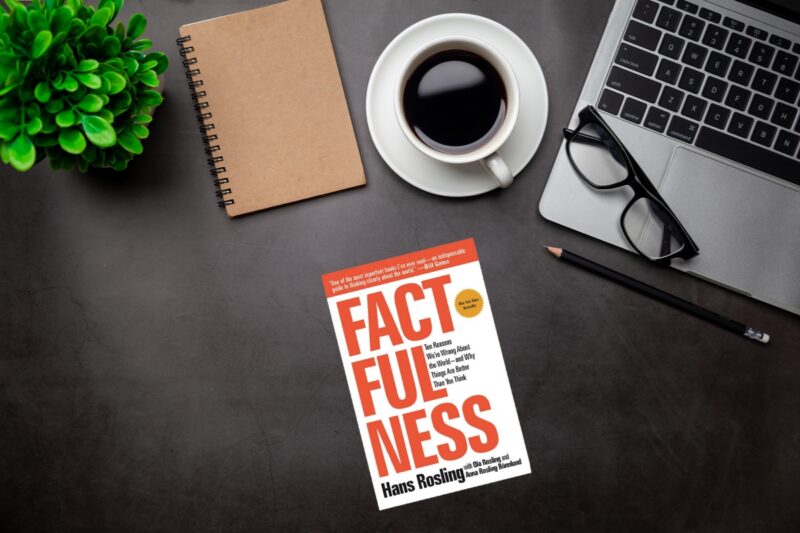
Hans Rosling‘s “Factfulness” champions the use of data to accurately understand the world. He argues that many people’s worldviews are based on misconceptions, advocating for a fact-based perspective.
Rosling’s emphasis on data literacy is crucial for questioning assumptions and overcoming biases, particularly relevant in today’s data-driven professional environments.
Importance of Data Literacy in Professional Decision Making
“Factfulness” is a guide for professionals to navigate a world inundated with data. Rosling demonstrates how accurate data interpretation leads to better business and policy decisions. This approach promotes adaptability and forward-thinking, essential traits for career advancement.
3. “The Skeptic’s Guide to the Future” by Steven Novella
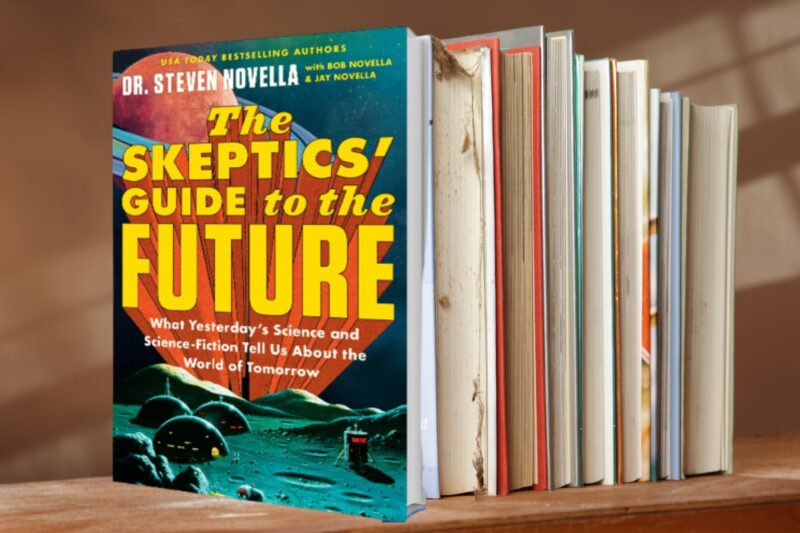
Steven Novella, in “The Skeptic’s Guide to the Future,” advocates for skepticism as a tool for evaluating emerging trends and technologies. He teaches readers to balance optimism about the future with critical questioning, helping professionals avoid the pitfalls of uncritically following trends or investing in unproven technologies.
Definition of Skepticism in Strategic Planning
Novella’s approach is crucial for strategic planning and innovation. He guides professionals on how to critically assess new ideas and technologies, leading to more sustainable and successful innovations. This skepticism is key to maintaining a competitive edge in any industry.
4. “Predictably Irrational” by Dan Ariely
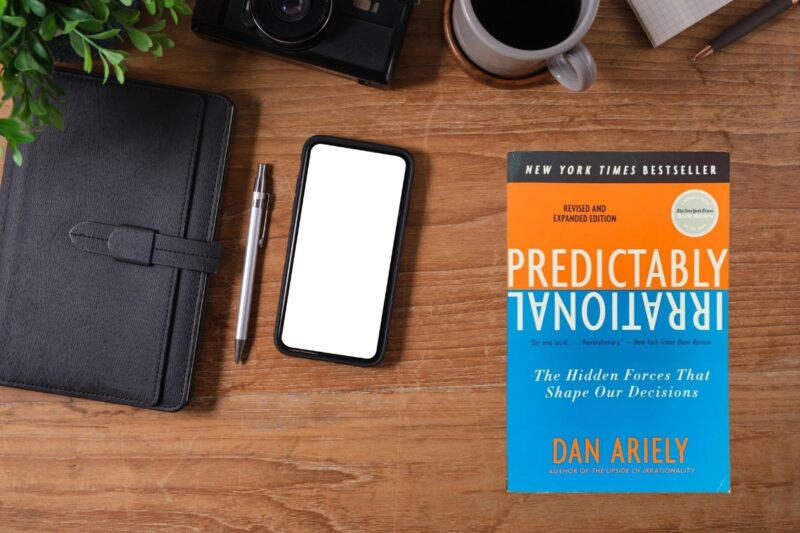
In “Predictably Irrational,” Dan Ariely explores how irrational behaviors often influence our decision-making. He uses experiments to show how emotions and social norms can lead to irrational choices. For professionals, understanding these patterns is vital for making more objective decisions.
Rational Decision-Making in Negotiation and Leadership
Ariely’s insights are particularly relevant for enhancing negotiation and leadership skills. By recognizing and mitigating irrational tendencies, professionals can negotiate more effectively and lead teams with a balanced, rational approach.
5. “Think Again” by Adam M. Grant
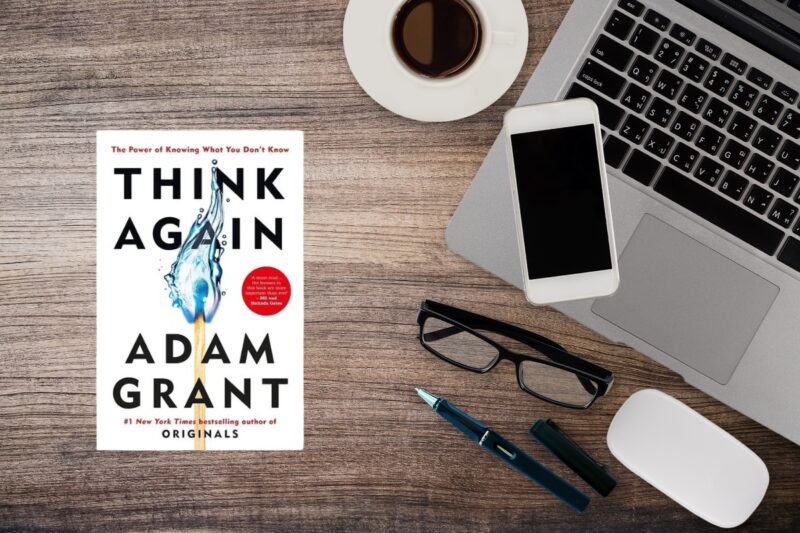
Adam M. Grant’s “Think Again” delves into the importance of rethinking and questioning one’s long-held beliefs. Grant argues that the ability to rethink and reassess information is crucial for growth and adaptability in both personal and professional life.
He encourages embracing the joy of being wrong and the necessity of questioning even the most fundamental beliefs to foster continuous learning and improvement.
Adaptability and Innovation
In a professional context, Grant’s principles are transformative. He highlights how adaptability, born out of the willingness to reconsider one’s views, is essential in today’s fast-paced business environment.
Grant demonstrates that professionals who regularly challenge their own ideas can drive innovation and stay ahead in their careers. This mindset not only leads to personal growth but also cultivates a culture of open-mindedness and progressive thinking in the workplace.
6. “Critical Thinking: Tools for Taking Charge of Your Professional and Personal Life” by Richard Paul and Linda Elder
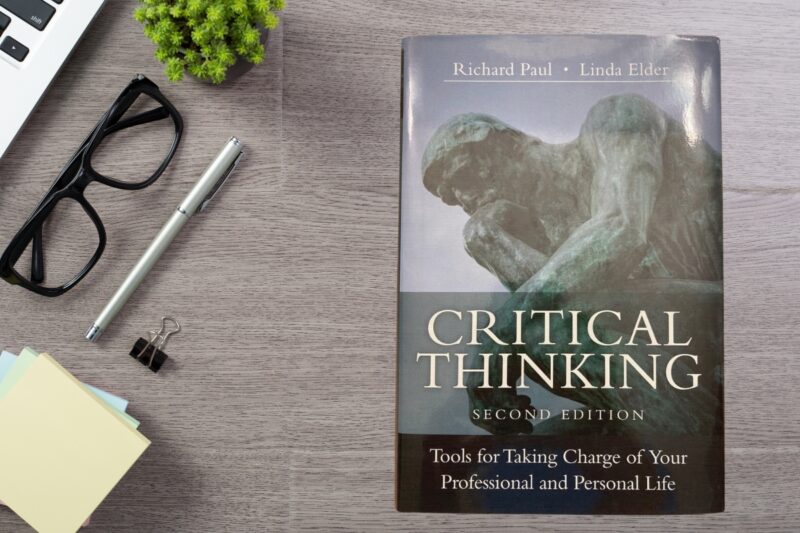
Richard Paul and Linda Elder‘s book provides a comprehensive guide to understanding the principles of critical thinking. The authors present critical thinking as a set of tools for taking charge of one’s professional and personal life, emphasizing the importance of questioning assumptions and evaluating evidence.
They provide a framework for identifying and challenging biases, leading to more effective decision-making.
Application in Everyday Professional Scenarios
This book is particularly useful for professionals seeking to apply critical thinking skills in everyday work scenarios. Paul and Elder offer practical strategies for enhancing critical analysis and problem-solving skills, which are essential for navigating complex workplace situations.
Readers will learn how to apply these tools in real-world contexts, leading to better judgment and more strategic thinking.
7. “The 5 Elements of Effective Thinking” by Edward B. Burger and Michael Starbird
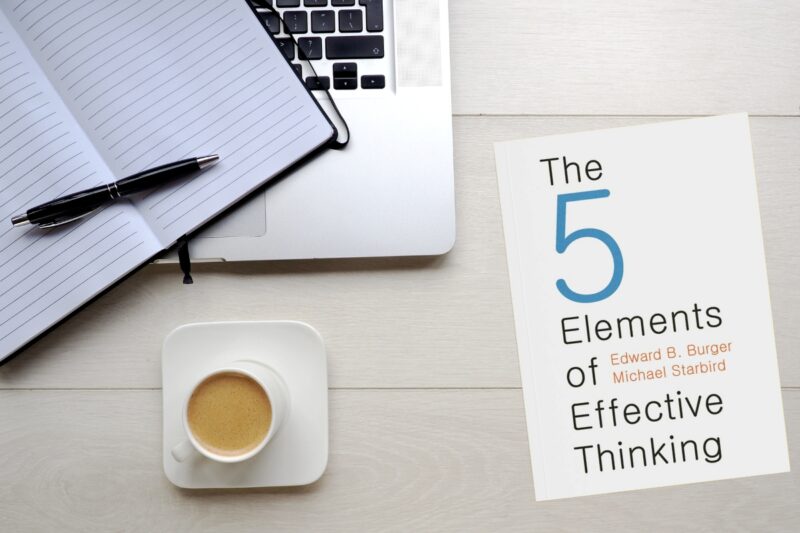
Edward B. Burger and Michael Starbird’s “The 5 Elements of Effective Thinking” presents a novel approach to developing thinking skills. The authors break down effective thinking into five essential elements: understanding deeply, failing in order to succeed, raising questions, seeing the flow of ideas, and changing one’s perspective.
Practical Tools for Career Growth
Each element offers practical tools for career growth. The book encourages embracing failure as a learning opportunity and continuously questioning to deepen understanding.
It provides insights into how shifting perspectives can lead to innovative solutions, making it an invaluable resource for professionals who aim to enhance their cognitive abilities and advance in their careers.
8. “Superforecasting: The Art and Science of Prediction” by Philip E. Tetlock and Dan Gardner
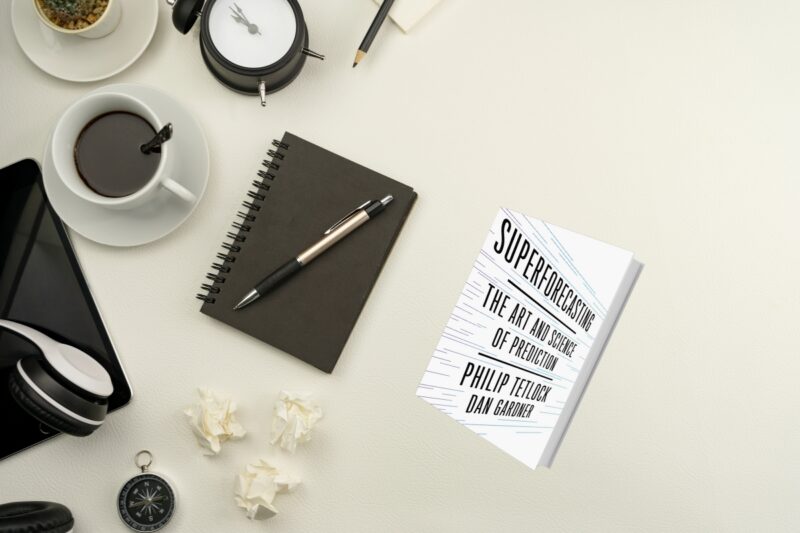
The book begins by challenging the common perception that accurate forecasting is the domain of a few gifted individuals. Instead, Tetlock and Gardner argue that superforecasting is a skill that can be cultivated through practice and a systematic approach.
They present a fascinating study conducted by the Intelligence Advanced Research Projects Activity (IARPA), which found that some ordinary people could predict global events with astonishing accuracy.
Cultivating the Superforecaster Mindset
Superforecasting is not just about being knowledgeable; it’s about thinking critically, being open to new information, and updating beliefs as new data comes in.
The authors provide a detailed analysis of the thought processes and behaviors that distinguish superforecasters from the average person. They emphasize the importance of intellectual humility, curiosity, and the willingness to admit mistakes and learn from them.
While it can help professionals, even students may face some benefits from reading it. For example, it can help them to cope with stress. One of the most intriguing aspects of the book is its practical application.
The authors do not just describe what superforecasting is; they also offer guidance on how to develop these skills. They outline specific practices, such as breaking down complex problems into manageable parts, seeking out diverse perspectives, and balancing inside and outside views.
FAQs
How can “Thinking, Fast and Slow” help in conflict resolution at work?
“Thinking, Fast and Slow” provides insights into how our quick (System 1) and slow (System 2) thinking processes can affect conflict resolution. Understanding these systems helps identify when emotional reactions (System 1) might escalate conflict and when a more analytical approach (System 2) is needed to resolve issues thoughtfully and effectively.
How can I improve my IQ and critical thinking?
Improving IQ involves engaging in activities that challenge your brain, like puzzles, learning new skills, or intellectually stimulating tasks. For critical thinking, practice analyzing situations from multiple perspectives and questioning assumptions.
Do books help with critical thinking?
Yes, reading books, especially those on subjects like logic, philosophy, and problem-solving, can significantly enhance critical thinking skills. They provide new perspectives and frameworks for analyzing information and making decisions.
Can you train critical thinking?
Absolutely, critical thinking can be trained and improved by regularly engaging in activities that require analysis, evaluation, and strategic thinking. Participating in debates, solving complex problems, and reflecting on decision-making processes are effective ways to sharpen these skills.
Last Words
Remember, the key to mastering critical thinking lies not just in acquiring knowledge, but in the willingness to question, analyze, and adapt one’s thinking in an ever-evolving world.
This mindset is a powerful tool for personal and professional growth, leading to greater success and fulfillment in various aspects of life.
